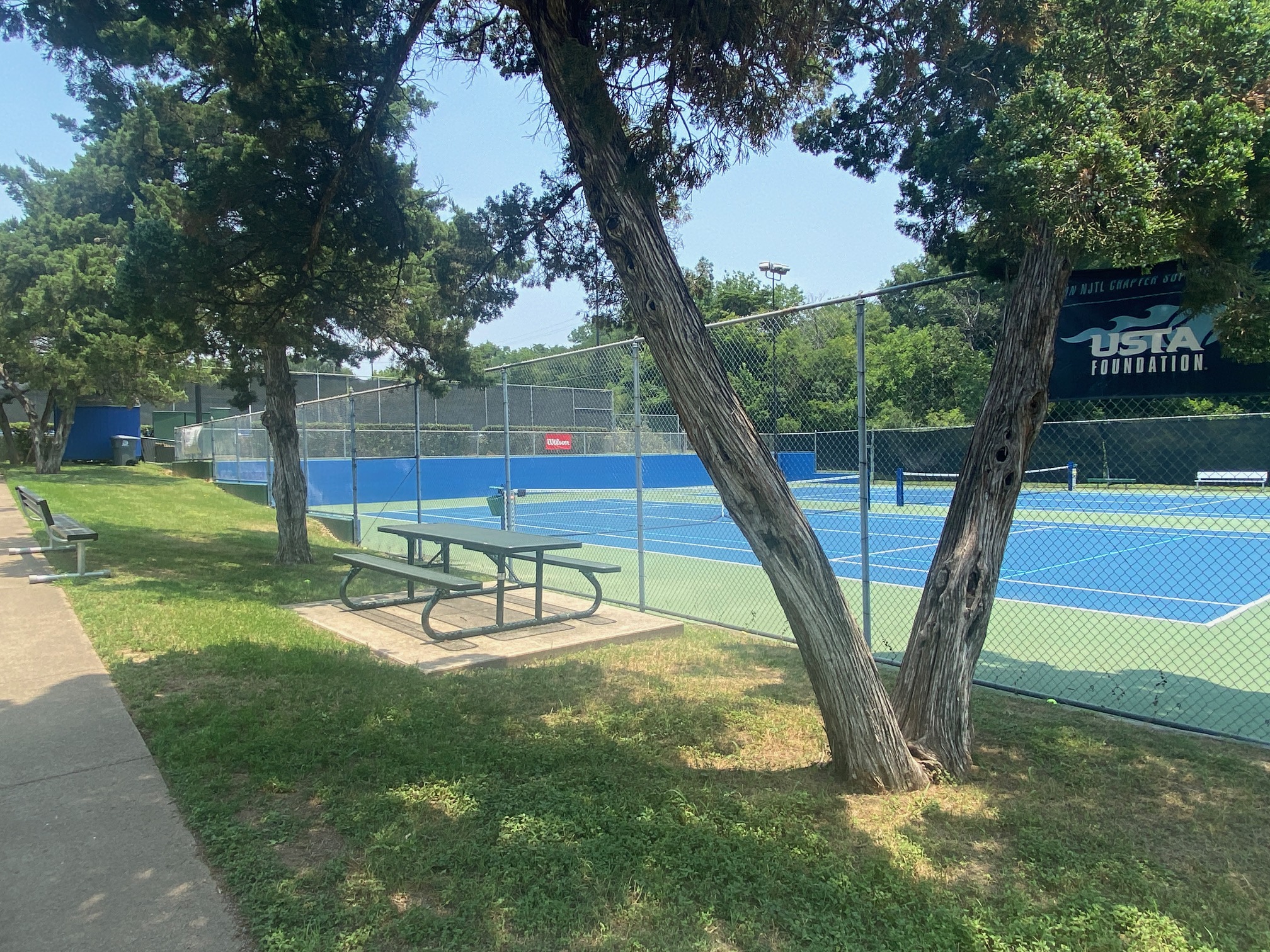I have yet to come across an adult tennis player who has been involved with the organized USTA tennis for any length of time that doesn’t have an NTRP horror story. At the same time, a tiered rating system is essential to support participation in tennis. It’s a conundrum.
The need for a handicap system was recognized by the USLTA in the late 1800s. (That’s not a typo, the L was for Lawn which was subsequently dropped from the organizational name.) It took the USTA almost a century to overcome an almost singular focus on single elimination tournaments to recognize the potential of leagues which precipitated the creation of the NTRP system.
The 1970’s saw an explosive boom in tennis player participation and USTA membership. While there is great uncertainty as to exactly what fueled the growth, it is clear that league play, newly enabled by the NTRP system, had a significant part. Putting some numbers behind this, in 1975 revenues from USTA membership was $175,737. By 1984 this number had increased to $1,731,510. That’s a lot of new members.
I fundamentally believe that tennis ratings systems are essential to draw players to the sport and also for retaining that participation. Furthermore I will also assert that there is nothing fundamentally wrong with the NTRP system. I am anticipating continued exploration of opportunities for improvement and potential systemic tweaks that might enhance the overall player experience. This comes from a foundation of belief that, at the core, the NTRP system works well enough.
So what about all those horror stories? I have been on this meandering path of examining intrinsic and extrinsic motivation in tennis just to arrive at this fundamental point:
The problem not the NTRP system. The problem is within the framework of incentives that has sprung up around league play and the people that respond to those incentives by gaming the system.
That being said, I also need to emphatically state that I personally do not believe that NTRP rating manipulation and abuse is as rampant as is generally believed to be the case. I plan to tug on that thread a little more in the immediate future.
The NTRP rating horror stories that reach my ears are generally accompanied with frustration that the USTA isn’t cracking down on the abusers. Frankly, I have uttered that sentiment many times myself. The thing is, there is realistically little that the USTA can do to crack down on abuse.
So if the USTA can’t crack down on ratings manipulation, and there isn’t anything to fix per se with the NTRP system, incentives are the only modifiable variable.
It is time to take a hard look at that double edged sword.
- Kimball, Warren F. (2017) The United States Tennis Association: Raising the Game, University of Nebraska Press, Lincoln, Nebraska.



